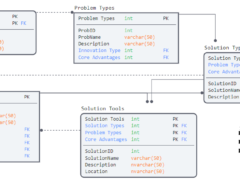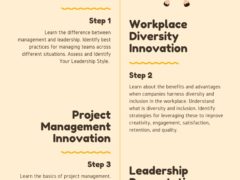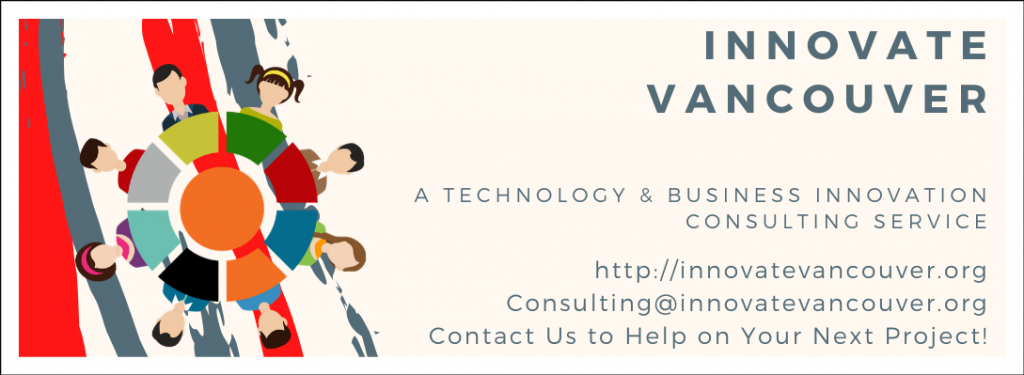A/B Testing in Recruitment involves understanding the customer’s business model. It includes analyzing the job description that outlines the competencies, skills, and tasks needed to perform in the space. Also, it considers the criterion used by the applicant when evaluating what roles to consider. In a recruiter’s market, recruiters can select from a list of highly qualified candidates. They decide which ones to interview. But in a candidate’s market, the applicant has the advantage. They can pick and choose which role best aligns with their career goals.
The approach used may differ for both markets. The recruiter’s advantage emphasizes top-shelf skills. The candidate’s market highlights opportunities to have an impact, growth, and learning. When the role is ‘highly attractive’, it lends to marketing to both groups. However, when the role is ‘unattractive’, it becomes a challenge to market the opportunity effectively.
A/B testing involves varying levels of detail. It also includes transparency. This helps evaluate and identify what ‘value proposition’ (marketing copy) will yield the best results. The definition of ‘best results’ used here includes quality, experience, and training.
A/B Testing can be used to evaluate which ‘marketing copy’ delivers the best results. This involves creating several different versions (A
- Skills
- Experience
- Training
- Attitude
- Expectations
- Education
- Career Alignment
- Location, etc.
Two examples of different marketing copies (used for A/B testing) are provided below. In the baseline A/B testing depicted below, marketing copy essentially pitches the roles in two different ways.
- The first example (Test A) provides a high-level overview of the job requirements.
- The second example (Test B) provides additional information pertaining to the role, compensation, and experience requirements.

The requirements for Test A are lower than Test B, with the latter providing additional information regarding compensation. When compared to industry standards, both roles thus offer compensation below local norms.
The challenge for the A/B test
The two different test examples are provided below:
TEST A
Project Manager – Job Description
“Plan and implement projects, define projects scopes, set up goals and deliverables items
Define tasks and required resources of the projects
Build up and manage the projects team
Setup and manage the budget under control
Allocate projects resources, create a schedule, define the project timeline with milestone points
Track deliverables to be completed as scheduled
Define the quality standard, make sure quality assurance be effective
Monitor the progress of the project, report it to management and stakeholders periodically
Identify the project problems, decide the solutions and follow up the implementation results
Make a decision of change when it is necessary
Evaluate and assess the result of the project, collect the lessons learned
Qualifications:
Project management qualification (PMP) or equivalent level. You should have proficiency in theoretical and practical project management. You need professional knowledge of techniques and tools in project management. Have strong knowledge in CRM software such as MS Project, MS Dynamics, Salesforce, SharePoint, and others.
Experience as a project manager, it is highly desirable to have multi projects management skill
Experience in strategic planning, risk control, and flexibility management
Proficiency in project management software tools
Others:
PMP Certificate
Language:
English, it is highly desirable if you are bilingual (English and Mandarin).
Job Type: Full-time
Experience:
project management: 3 years (Preferred)”
The marketing copy used for Test B is provided below:
TEST B
Project Manager – Job Description
“Apply Now$50,000 – $70,000 a year
Responsibilities:
- Plan and implement projects, define projects scopes, set up goals and deliverables items
- Define tasks and required resources of the projects
- Build up and manage the projects team
- Setup and manage the budget under control
- Allocate projects resources, create a schedule, define the project timeline with milestone points
- Track deliverables to be completed as scheduled
- Define the quality standard, make sure quality assurance be effective
- Monitor the progress of the project, report it to management and stakeholders periodically
- Identify the project problems, decide the solutions and follow up the implementation results
- Make a decision of change when it is necessary
- Evaluate and assess the result of the project, collect the lessons learned
Qualifications:
- Project management qualification (PMP) or equivalent level
- With a proficiency in theoretical and practical project management
- Professional knowledge of techniques and tools at project management
- Strong knowledge in CRM software such as MS Project, MS Dynamics, Salesforce, SharePoint and etc.
- Experience as a project manager, it is highly desirable to have multi projects management skill
- Experience in strategic planning, risk control, and flexibility management
- Proficiency in project management software tools
Certificates: PMP Certificate
Language: English
Job Type: Full-time
Salary: $50,000.00 to $70,000.00 /year
Experience:
- Project Management: 5 years (Preferred)
Licence:
- Project Management Certificate (Preferred)”
USER EXPERIENCE IN A/B TESTING
The recruitment funnel can be described as a process, or series of steps, that seeks to attract qualified candidates, inform them of qualified opportunities, onboard them to the interview process, and deliver a qualified candidate to the customer (hiring manager, company, etc.) at the end of the journey. The best processes focuses on the experience of both customers (which includes the candidate at the hiring company).
One thing to consider when designing your A/B test is the journey map of both customer groups:
- Is the process transparent & easy to understand?
- Does both marketing copies represent and sustain the company’s brand?
- Does both marketing copies represent a legitimate value proposition?
When all three conditions above are met the UX design of the A/B test can be considered valid. But if these conditions are not met then the results of the test may be misleading.
For example, with Test A the candidate is unaware of the compensation. With Test B the required experience has been raised from 3 to 5 years but the compensation is now listed. Test A may provide a questionable value proposition. This could invalidate the test. Test B may be partially invalidated. This could happen if the marketing copy is unable to solicit the interest of a ‘qualified candidate.’
The validity of A/B testing is dependent on its goals. Recruitment A/B testing, for example, may include the following goals:
- Qualified candidate reads the marketing copy
- Qualified candidate applies to the posting
- Qualified candidate continues to show interest during the initial screening interview (and info session)
- Qualified candidate continues to show interest during the face to face interview, &
- Qualified candidate accepts position
The low salary, not mentioned in Test A but included in Test B, creates a challenge for most of these goals but if we consider the user experience (and the goals of the marketing copy mentioned in paragraphs earlier) the marketing copy included in Test A will likely face additional challenges:
- Qualified candidate will express interest in ‘unqualified position.’
- Qualified candidate will participate in screening interview and learn what company/brand is associated with the ‘unqualified position’, etc.
In some instances, the name of the company and the salary may be withheld during the screening interview. This occurs as with Test A. Unfortunately, from a UX perspective (user experience), this is ill-advised. The recruitment company and the hiring company’s brand image will be impacted now. With both test examples you will also notice the following information is absent:
- Salary (Test A)
- Name of the company (Test A & B)
- Type of company (Test A & B)
- Location of the company (Test A & B)
- Job deliverables (Test A & B)
- Industry (Test A & B)
- New or Existing company (Test A & B), and
- Who owns the company (Test A & B)
The missing information can be discussed during the screening interview. However, the candidate UX will vary greatly depending on which marketing copy (A/B) they are responding to. Further engagement along the recruitment funnel yields the following information to the A/B questions listed above:
- $50,000-$70,000 (industry average $75,000-$95,000)
- Name of the Company (not being disclosed here)
For Profit Company. International investors. Startup.- International Company (No known offices; first in Canada). Site to be located in Richmond. No offices currently.
- Facilities management, Curriculum development & management, Ministry contract management & compliance, Operations, Biz development, etc.
- Education sector
- New company. Startup.
- International ownership (investors, & may require travel)
Note that the recruitment funnel (screening interview, etc.) did not actually
EFFECTIVE A/B TESTING & UX DESIGN
The reader will recognize the different UX experience. A candidate would encounter this after reading the marketing copy provided in Test A. This is supported by additional information received upon ‘entering the recruitment funnel.’ The experience could vary depending on whether the candidate engaged Test A or B. It could lead to ‘strong disappointment’ or ‘informed consideration.’
The candidate will likely be disappointed in either case due to salary. This is not the point of this article. However, it is relevant to effective A/B testing. It also affects recruitment efforts. After all, if the value proposition is inadequate, having a fully informed marketing copy will matter little to a candidate.
When designing an A/B test for recruitment the criterion above (easy to understand, offers a credible value proposition, etc.) should be considered.
- Is the marketing copy informative?
- Is the value proposition competitive?
Designing an A/B test with consideration of the UX experience will provide higher quality results. It will also improve alignment with your company’s intended image.
How is your company supporting the development of A/B testing that is aligned with an effective UX experience? Share your comments below.
Travis Barker MPA GCPM
Innovate Vancouver
Innovate Vancouver is a business technology & innovation consulting service located in Vancouver, BC. Contact Innovate Vancouver to help with your new project. Innovate Vancouver also gives back to the community through business consulting services. Contact us for more details.




